You would have to be living off the grid to have not heard the term Foot and Mouth Disease recently. What is it? Why do we care? How come it’s suddenly become such a hot topic in Australia.
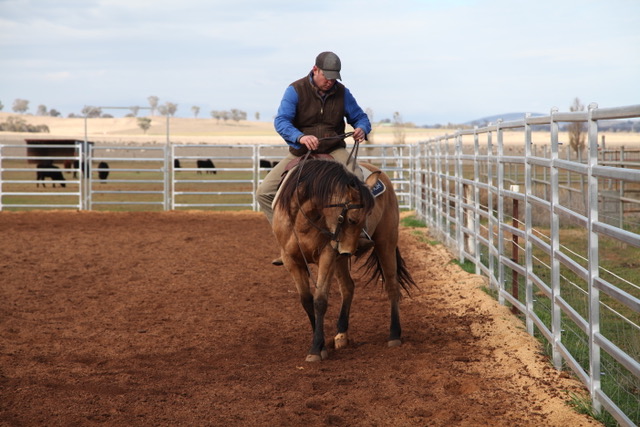
Exports underpin 70 per cent of the value of what we produce on the land in this country. A lethal livestock disease threatens to shut down that market for years with disastrous results for farmers and indeed all of us with price hikes and a shortage of meat to follow.
Biosecurity is increasingly important and relevant to what each of us does when we return from overseas. FMD doesn’t make humans sick, but we can pass on this illness to animals.
What is FMD?
Andrew Henderson, the Independent Chair of the SafeMeat Advisory Group explains FMD is “vastly different from Hand Foot and Mouth Disease which you pick up in day care and its impacts are very much more significant”.
“It’s a virus transfer between cloven hoofed livestock species. That’s your cattle, sheep, pigs, alpacas and so on. It shows up as painful sores in the mouth and snout, even in the hooves. It results in lots of drooling, lethargy and it can be lethal. So, it really impacts the productive capacity of the industry,” he explains.
We’ve been protecting ourselves against Foot and Mouth Disease for many, many, many years. Our biosecurity system has by and large done a very good job of preventing incursions here.”
Australia has so far successfully prevented the disease from entering the country but proximity to us is what’s changed in the past few months.
“We’ve been protecting ourselves against Foot and Mouth Disease for many, many, many years. Our biosecurity system has by and large done a very good job of preventing incursions here.”
There was another outbreak in Indonesia in the 1980s which we successfully avoided. There’s no doubt, it is harder this time round.
“There’s a lot more passenger movements than there were in the ‘80s. We live in a very different world. The reality is that Covid has had a significant impact on supply chains and the flows of trade. Foot and Mouth Disease doesn’t just come in on people’s boots. It comes through mail pathways, potential freight travelling with animal goods,” Andrew explains.
What would happen is FMD came to Australia?
There’s a lot at stake if we can’t keep it out. “In the short term, the trade and market access of our red meat and livestock sector plus wool and dairy products effectively ceases for those products overnight.”
The direct economic impact of that is estimated between $80 and $100 billion. In the event of an outbreak, the whole country would be affected.

“The movement of all cloven hoof livestock stops right across the nation. As unlikely as an outbreak would be in Tasmania, that would stop movements in mainland Australia. Similarly, if there was an outbreak in Cape York, livestock movements in Perth would stop. They stop for as long as is required for authorities to be able to ascertain the spread and contain that spread,” he explains.
“There’s a big short-term shock, that’s for sure but trade doesn’t start for a fair amount of time after that.”
Strong biosecurity systems
Andrew says we have a strong and robust biosecurity system. In his opinion, one of the most effective in the world. It’s been doing a great job. Helping Indonesia to eradicate the illness is a priority so that we are dealing with a prevention rather than a cure approach to our own shores.
“There is a lot of stuff that happens behind the scenes that people on flights don’t see. There’s a lot of profiling of passengers to ensure high-risk passengers are identified and interventions are made. The government’s ramped up activities at the border in mail and trade pathways since it was first detected in Indonesia earlier this year,” he explains.
There is a lot of stuff that happens behind the scenes that people on flights don’t see.”
Andrew believes our biosecurity system has been previously undervalued by members of the public.

“One of the positive things to have come out of Covid is that it’s made everyone more alive to biosecurity in a general sense. Things like hand washing and how a disease can be transmitted but also the impacts of what can happen when you have a widespread pandemic hit the community and the strain that it puts on resources. It’s been a big wake-up call,” he says.
Andrew believes farmers are acutely aware of biosecurity because of the diseases they need to prevent and manage on a daily basis such as foot rot and livestock infections. He says the issue mainly relates to the broader population.
One of the positive things to have come out of Covid is that it’s made everyone more alive to biosecurity in a general sense.”
“There’s been an assumption that our biosecurity systems are there, and they’ll just kick into gear. But someone wise once said to me ‘you should never assume anything’. The same applies to our biosecurity systems. We can always do more to ensure our systems are as strong as they need to be. In peace time we need to be making sure these systems are where they need to be because you don’t want to be doing it in the middle of a crisis.”
Livestock traceability is vital going forward and Andrew says the ability to trace animals using electronic identification tags will become even more important.
“A broad analogy is the National Livestock Identification System is the contact tracing for our livestock species,” he explains.
Essentially, a QR code for animals. That program is still undergoing reform and a key space to watch. “There’s no time like the present to be as prepared as you can possibly be in the event that it happens here,” says Andrew.
For many of us, the isolation, the panic buying, and empty shelves during Covid were the first lived experience of a widespread disease outbreak domestically. Incentive enough not to live through another round of pestilence.
Hear more stories just like Andrew’s by subscribing to the Telling Our Story podcast on iTunes and follow podcast host Angie Asimus on Instagram for more updates. Want to know more? Check out our earlier story on Foot and Mouth Disease.
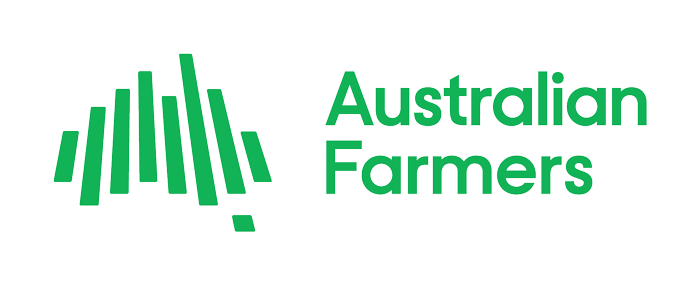


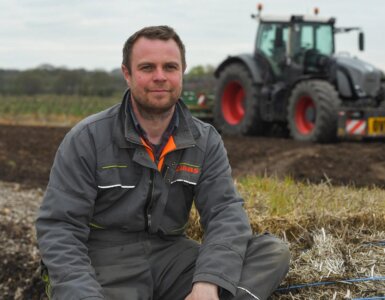
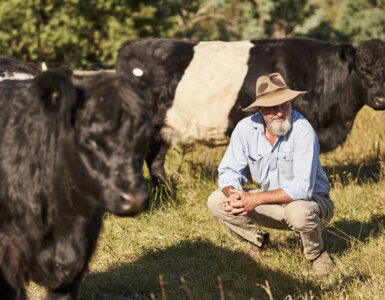
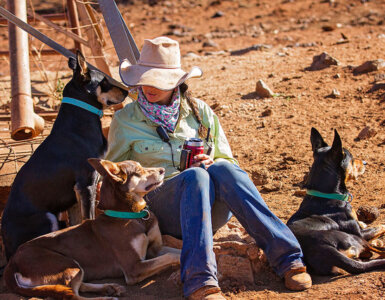






























Thanks for the information about foot and mouth disease.